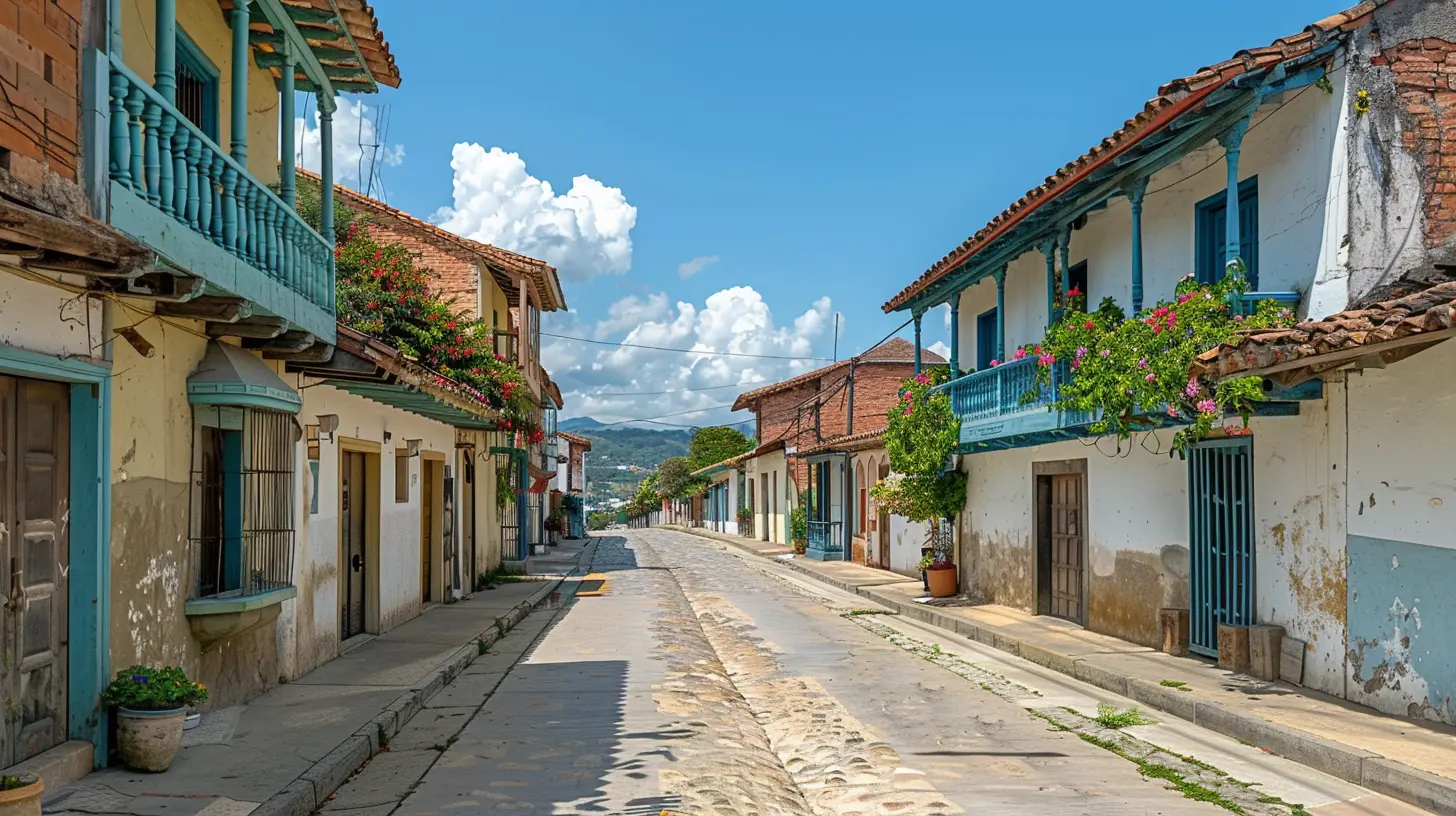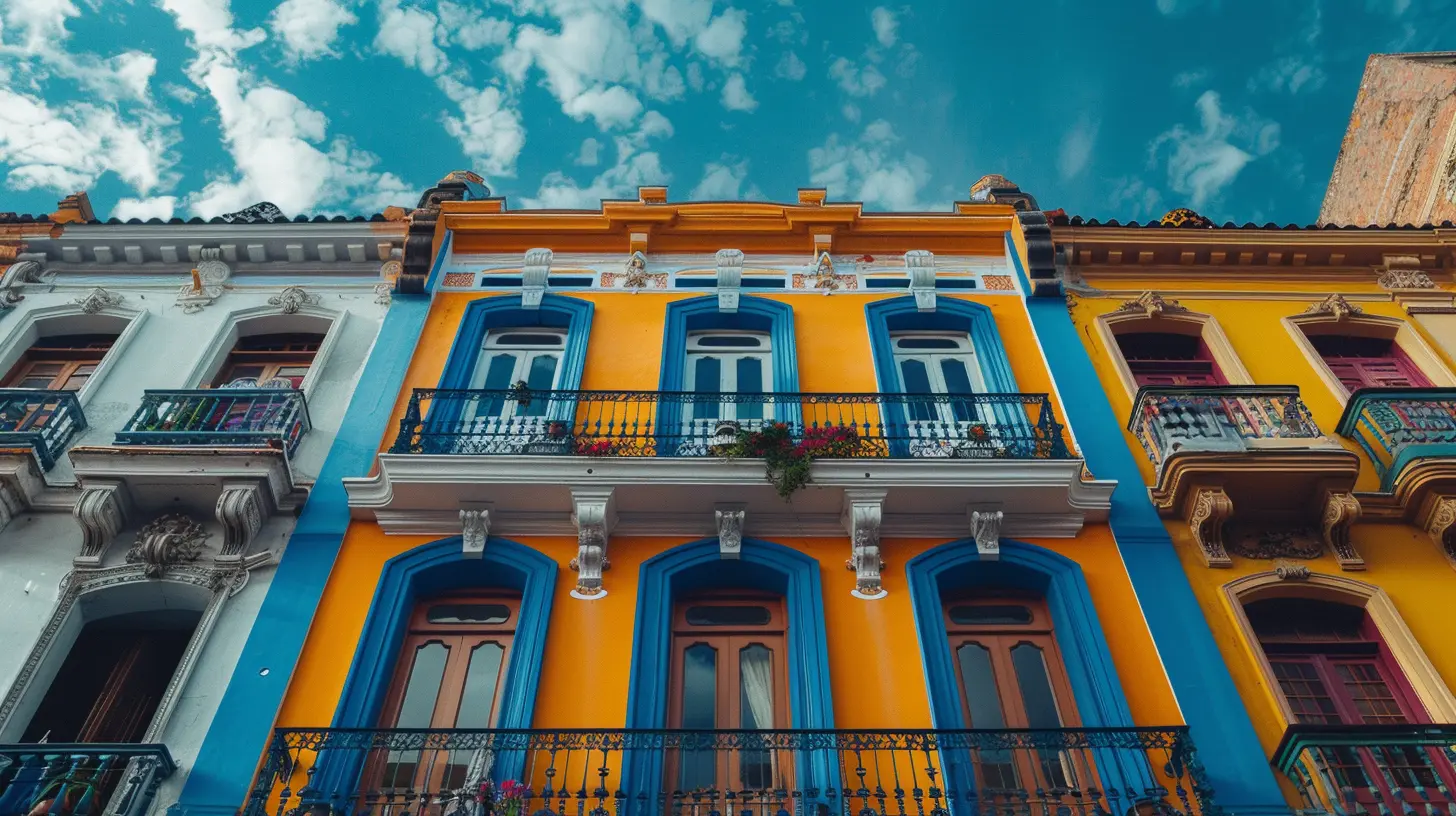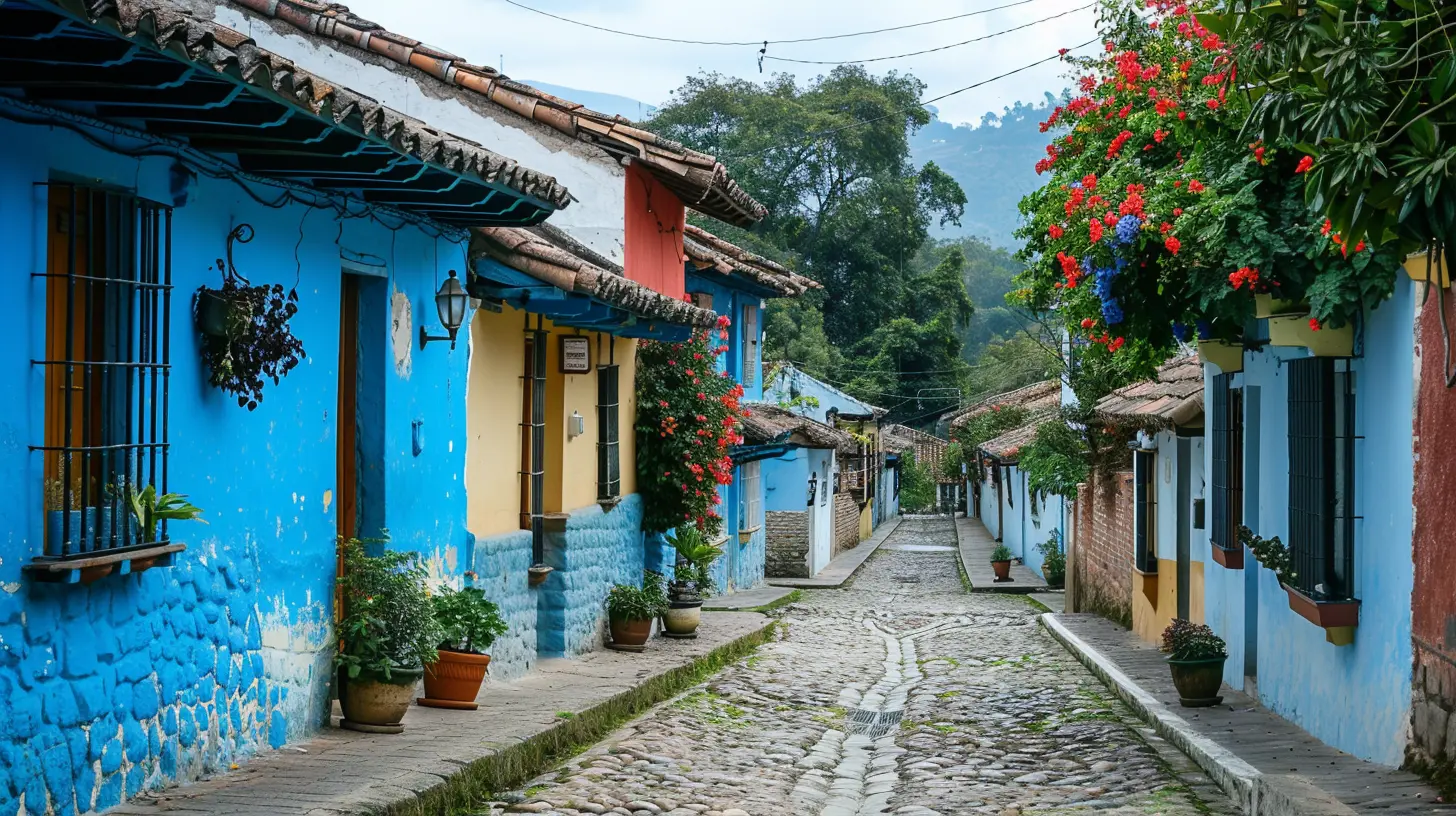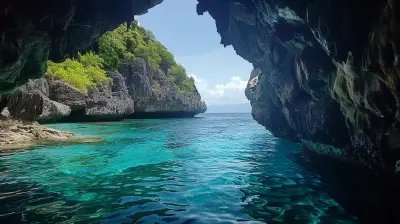Exploring the Architecture of Lima’s Historic Center
13 November 2025
Lima, the bustling capital of Peru, is a city where past and present dance together like an old married couple—sometimes in sync, other times stepping on each other’s toes. Nowhere is this relationship more evident than in Lima’s Historic Center, a UNESCO World Heritage site packed with architectural gems that tell the story of Spanish conquest, indigenous resilience, and a constant reinvention of identity.
So, grab your walking shoes (and maybe a big hat—Lima’s sun can be relentless), and let’s take a humorous yet informative stroll through some of the most awe-inspiring buildings in the so-called “City of Kings.”

A Quick Peek into Lima’s Architectural Journey
Lima’s architecture is like a buffet with a little bit of everything. You’ve got colonial-era churches dripping with gold, neoclassical government buildings standing proud, and art deco facades that whisper tales from the early 20th century. But what makes Lima truly fascinating is how it embraces the chaos—where else can you see a centuries-old monastery next to a modern glass office building?This mix of styles is a direct result of Lima’s rich history. Founded in 1535 by the Spanish conquistador Francisco Pizarro, the city quickly grew into the administrative heart of Spain’s South American empire. Spanish architects brought their love for baroque flourishes, moorish-inspired interiors, and the occasional earthquake-resistant adjustment (because Lima shakes from time to time).

The Must-See Architectural Wonders of Lima’s Historic Center
Let’s get to the good stuff—the buildings that make Lima’s Historic Center a feast for the eyes.1. Plaza Mayor – The Heart of Old Lima
If Lima were a giant colonial cake, Plaza Mayor (also called Plaza de Armas) would be the cherry on top. This square is where history literally happened—Pizarro founded the city here, and it’s been the political and social hub ever since.Surrounding the plaza, you'll find a trio of powerhouse buildings:
- Government Palace – The official residence of Peru’s president, complete with guards in snazzy uniforms and a daily changing of the guard that feels like a mini medieval spectacle.
- Lima Cathedral – A stunning mix of baroque and neoclassical styles, housing Pizarro’s remains (yes, the guy who founded the city never really left).
- Municipal Palace – A fabulous example of neocolonial design, proving that even city hall can look glamorous.
2. Lima Cathedral – A Time Capsule of Colonial Grandeur
Cathedrals in South America tend to be dramatic, and Lima’s doesn’t disappoint. With its imposing twin towers, intricate woodwork, and gold-heavy interior, this 16th-century masterpiece is both a place of worship and a love letter to colonial opulence.Step inside, and you'll find yourself overwhelmed by a mix of Spanish, moorish, and Andean influences—kind of like an architectural smoothie. Don't forget to visit the crypt where Francisco Pizarro is buried. If you've ever wanted to stare at the bones of a conquistador, this is your chance.
3. San Francisco Monastery – The One with the Creepy Catacombs
Now, this place is not for the faint of heart. The San Francisco Monastery is an architectural and historical marvel, but its biggest claim to fame? A bone-chilling catacomb filled with neatly arranged skulls and bones.But let’s talk about the monastery itself before we get too distracted by the morbid stuff. Built in the late 1600s, it features:
- A breathtaking yellow facade that looks like it was plucked straight from a Spanish fairytale.
- Cloisters decorated with stunning azulejo tiles from Seville.
- A library that feels straight out of Beauty and the Beast, lined with ancient manuscripts and books older than some countries.
Still, we all know why people really visit—those eerie catacombs, where over 25,000 people were buried like it was the biggest Airbnb of the afterlife. It’s spooky, sure, but it’s also one of Lima’s must-see spots.
4. Torre Tagle Palace – A Colonial Mansion Worth Drooling Over
If Lima’s colonial-era elite were competing in a “Who Has the Most Instagrammable Mansion?” contest, the Torre Tagle Palace would take the crown. This 18th-century mansion is what happens when Spanish baroque meets Moorish influence, resulting in a masterpiece of carved wooden balconies and lavish interiors that scream old-money aristocracy.The wooden balconies, in particular, are Lima’s architectural signature—think of them as the city's version of bay windows but way cooler. These intricate balconies provided shade, privacy, and a perfect spot for gossiping about the neighbors.
5. Casa de la Literatura Peruana – A Train Station Turned Book Lover’s Paradise
Lima’s historic center isn’t just about the Spanish conquest; it also holds pockets of more modern architectural wonders, like the Casa de la Literatura Peruana. Once a grand railway station, this neoclassical beauty has been transformed into a cultural center dedicated to Peruvian literature.Whether you're a bookworm or just someone who appreciates stunning architecture, this place is worth a visit. Plus, it’s one of the few historic sites where ghosts probably don’t haunt the walls.

The Charm of Lima’s Wooden Balconies – An Architectural Love Affair
You can’t talk about Lima’s Historic Center without giving a shoutout to its legendary wooden balconies. These beauties are found all over the city, adding an air of mystery and romance to the streets.But why were they built in the first place? Well, back in colonial times, they allowed noblewomen to observe street life without being seen. Think of them as early versions of tinted windows—perfect for people-watching without the awkward eye contact.
Some of the most stunning examples can be found on the façades of the Torre Tagle Palace and the Archbishop's Palace. If these balconies could talk, they’d probably spill centuries' worth of juicy gossip.

The Influence of Earthquakes on Lima’s Architecture
Living in Lima means getting used to the occasional shake, rattle, and roll. Earthquakes have left their mark on the city’s architecture, forcing designers to rethink materials and structural integrity over the centuries.For instance, many of Lima’s historic buildings use quincha—a mix of cane and mud that makes structures both flexible and earthquake-resistant. It’s like nature’s own shock absorber, preventing the entire city from crumbling like a poorly built sandcastle.
Why Lima’s Historic Center Deserves a Spot on Your Travel List
Sure, Machu Picchu gets all the Instagram glory, but Lima’s Historic Center is a treasure trove of history, culture, and ridiculously photogenic buildings. Walking its streets is like flipping through the pages of a well-loved history book—except with better weather and the occasional street vendor trying to sell you churros.Whether you’re into grand cathedrals, eerie catacombs, or just love admiring colonial-era balconies, Lima serves up a hefty dose of architectural eye candy. So, next time you find yourself in Peru, take a break from the Incan trails and dive into the heart of Lima—where history is alive, earthquake-proof, and always waiting to share its next story.
all images in this post were generated using AI tools
Category:
South America TravelAuthor:

Taylor McDowell

